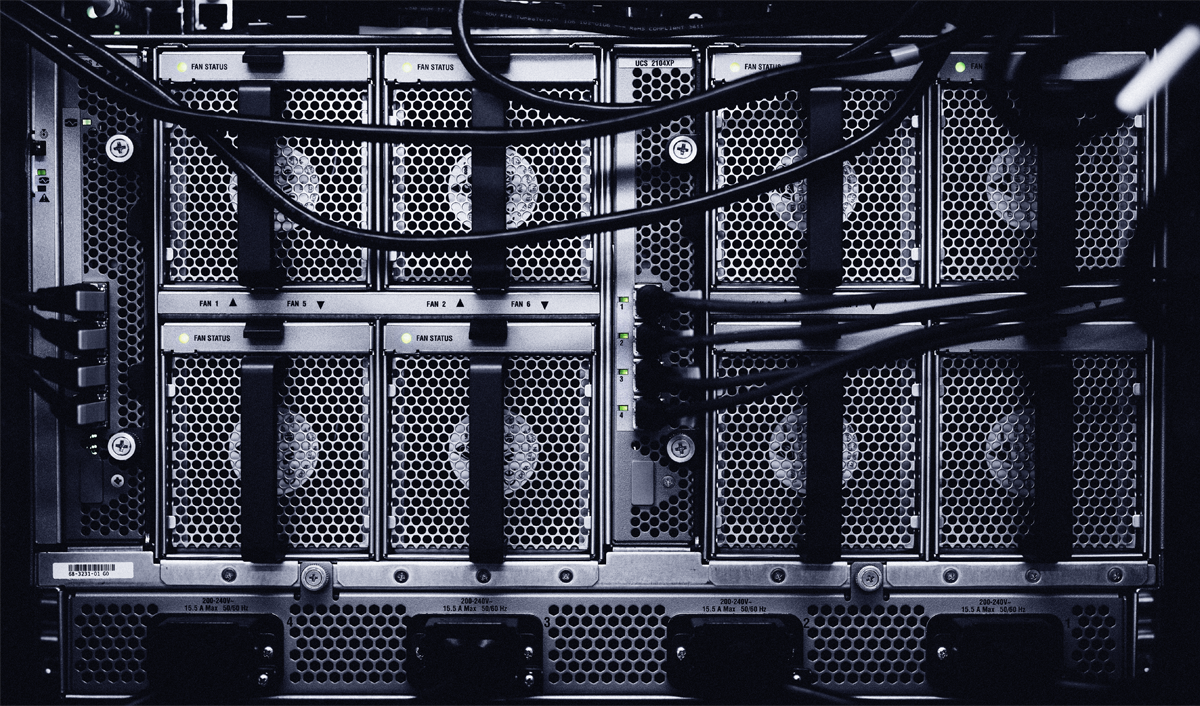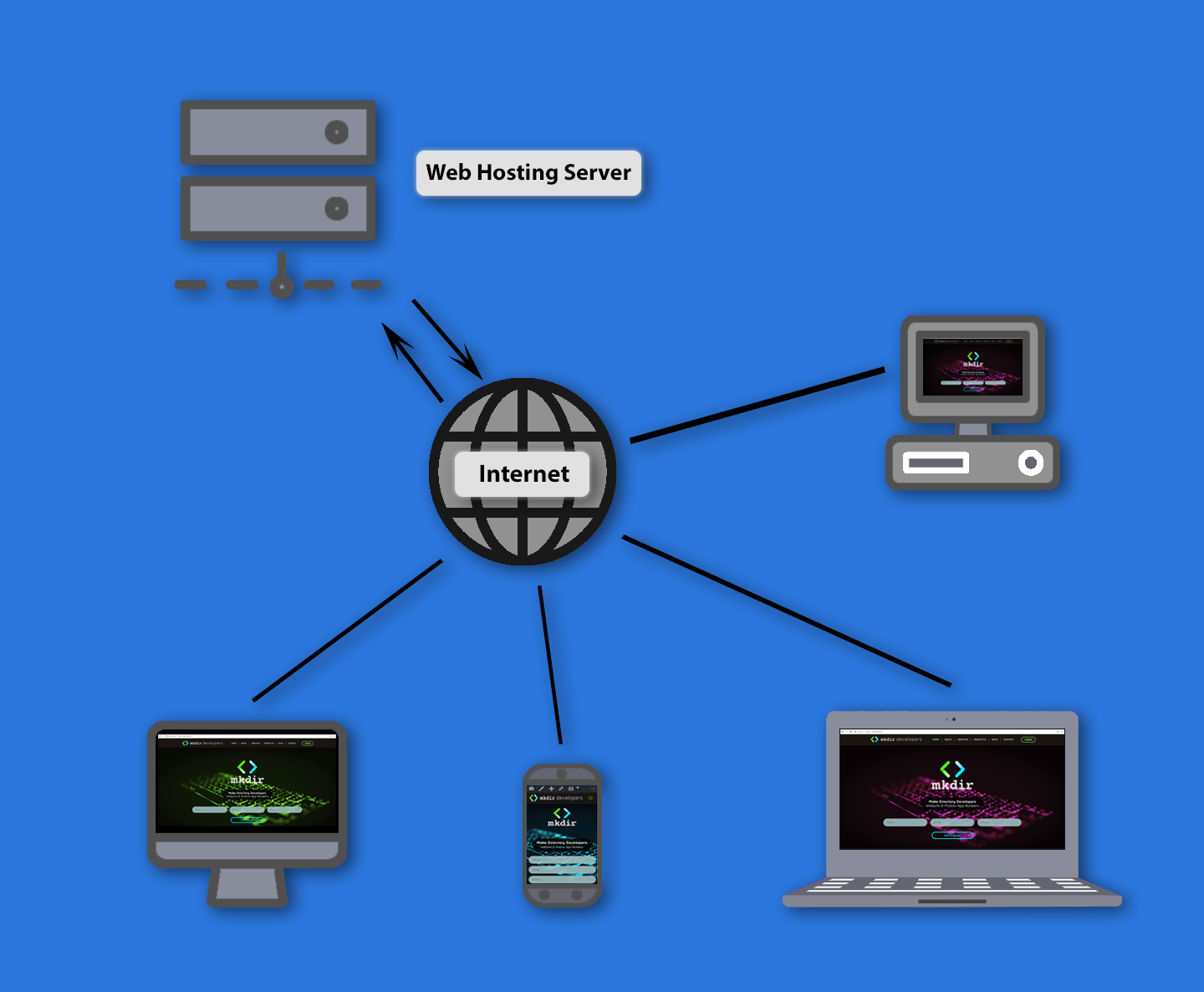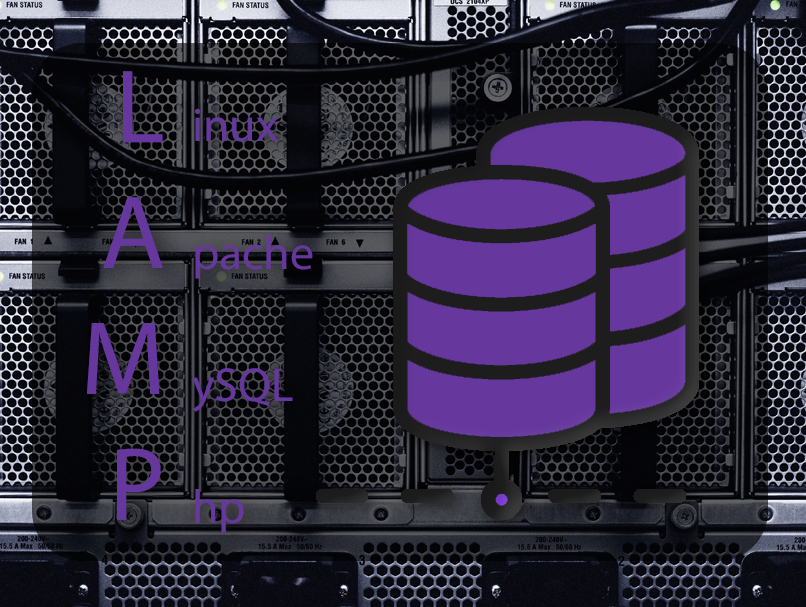What is a hosting server? And why your website needs one.
Published By: Andrew Schwartz
What is a “Hosting Server?”
I often get asked what a “hosting server” is, and how it's used for a website. It’s really quite simple, a server is just another computer, it could be a small server that resembles a desktop machine or a “Blade” setup with multiple servers stacked into each server rack. Regardless, in a nutshell, it's nothing more than your average computer with an extra punch and no graphics. There machines don’t use a monitor, they only need a power source and connect through an Ethernet cable, or sometimes fiber-optic; everything is done through the network. That’s what cPanel’s for!

Why’s it so different from a normal computer?
What makes a server different than your average PC is its ability to maintain stability through redundancy. Servers are always running in order to maintain their services; they are servers, the name originates from the primary ability to serve other machines with data. Servers have faster I/O (In / Out) speeds than a normal computer to allow for additional bandwidth. Often times a hosting server will sport a SSD or a RAID setup with multiple drives to duplicate data or maintain consistent speeds, and a considerably fast network controller to allow for use of fiber optics or T1 lines.

Wait there’s more...
Hosting companies often pay for an ISP or Intern Server Provider to provide them with extremely fast internet speeds as well as a satellite backup and a number of static IP addresses. In addition to having multiple power supplies on each server, just in case one fails, a backup battery or on-site generator is also necessary. When a server goes down it can be costly to reboot or recover information to the original working state, in a timely manner.
The last step... Software
The last part of a server is the software. In order to run a website, the computer must be running the right programs in order to manage all the aspects of serving information. The basic setup for most web servers are LAMP (Linux Apache MySQL PHP) or WAMP (Windows Apache MySQL PHP) setups, although there are many other types of server setups. Then in order to make the server and website manageable for the average user another program such as cPanel is installed for remote management. Once this is done a Secure Socket Layer or SSL Certificated can easily be added and a Content Management System or CMS such as WordPress, Magneto, or Drupal can be setup.

If you're looking for more information on servers or you're setting up your own, we can help! Contact us at info@mk-dir.com or schedule a call with us for more information.